Kin Recount Last Hours With Victims
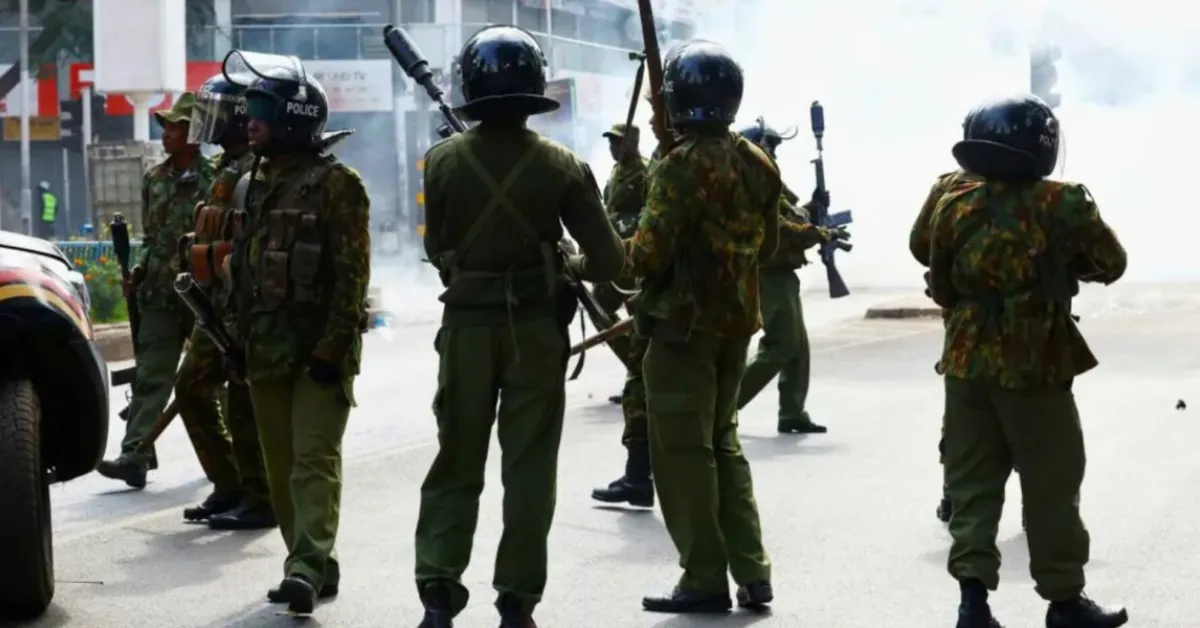
Kenya is facing a national crisis following the Saba Saba protests on 7 July 2025, intended as a commemoration of the country's pro-democracy movement, which has instead devolved into a profound reckoning over state violence and accountability.
The Kenya National Commission on Human Rights (KNCHR) reports that the demonstrations resulted in at least 31 deaths, 107 injuries, two enforced disappearances, and over 500 arrests. The scale of the violence has ignited intense public debate over law enforcement tactics and the government's response to civil dissent. The immediate impact of the protests extends beyond the capital, with reports of casualties and unrest emerging from multiple counties.
The government now faces growing pressure to address the underlying causes of the unrest, which range from economic hardship and youth unemployment to longstanding allegations of corruption and police brutality. The Saba Saba protests were initially conceived as a symbolic act of remembrance, honouring the legacy of the 1990 Saba Saba movement. Instead, the demonstrations have exposed deep fissures in Kenya's democratic foundations, evolving into a broader indictment of state authority and its relationship with citizens.
In Nairobi's Kangemi neighbourhood, the deaths of Elvis Musavi, 25, an informal worker, and Paul Makori are emblematic of the chaos. Witnesses report that Musavi was shot while attempting to assist Makori, who had already been wounded, and that both men died on the same street within moments of each other as police reportedly fired on both protesters and bystanders.
Sabina Tabitha, Makori's widow, reports that her husband was a quiet man who had merely stepped out to accompany a friend. "His only mistake was leaving the house," she said.
The grief in Kangemi is mirrored across the country. In Kiambu, the family of Ian Mbugua, 25, a law student, is mourning the loss of a young man who had hoped to champion human rights. According to his sister, Rachel Njoroge, Mbugua was shot in the forehead while filming the protests from outside his home. "He took out his phone to record and document the excesses of police officers... My brother did not know a bullet would hit him," she says.
One of the most harrowing accounts comes from Ndumberi village, where 12-year-old Bridget Njoki was killed by a stray bullet that pierced her living room wall. She had been watching cartoons at the time. Her death has sparked outrage over the use of live ammunition in residential areas, raising questions about operational protocols and the proportionality of force.
In Ngong, the death of 26-year-old labourer Paul Kagiri further illustrates the breadth of the tragedy. His father, Stephen Mbugua, confirms that Kagiri had been watching the protests from a local movie shop and was shot from behind while heading home, adding that his son was not part of the demonstrations and leaves behind two children and a pregnant wife.
Oscar Jeremy, a boda boda rider from the same neighbourhood, was killed on the same day as he left for work. His wife, Ramona Chebet, and mother, Penina Mwikali, spoke of his kind nature and the void his death has left in their lives. "He was a people's person," says Mwikali, who also revealed that the hospital is demanding KSh 20,000 for a postmortem.
Murang'a County saw five confirmed fatalities. According to the County Security Committee, two individuals were shot in Kigumo, two in Kangema, and one in Kandara. The committee claims that the Kangema victims had attempted to raid a police station, but this assertion has not been independently verified. County Health Chief Officer Eliud Maina reports that three victims were dead on arrival, all with gunshot wounds, while others succumbed during treatment.
Julius Muli Nduku, 30, was shot at Kangari Market. His brother, Benjamin Kioko, directly blames President William Ruto for the killing, saying that the government's failure to address public grievances had led to the unrest.
"Had he listened to our grievances, we wouldn't be picketing," Kioko said.
The violence extended to Kisii, where 45-year-old Paul Mbera was shot while heading to a shop. His mother, Alice Nyachama, recounts their last conversation and the plans they had made for his visit. "Now he will be brought home in a coffin," she said. Mbera's father, Joshua Oyaro, questions whether poverty had made his son expendable in the eyes of law enforcement.
In Nakuru County, four patients with gunshot wounds were admitted to the referral hospital, three of whom had been transferred from Gilgil. Medical Superintendent James Waweru confirms the nature of the injuries but does not elaborate on the circumstances under which the victims were shot. The KNCHR has condemned the violence, calling for accountability from both police and civilian actors. Vice-Chairperson Raymond Nyeris describes the events as a gross violation of human rights and urges stakeholders to ensure justice is served.
The commission continues to monitor developments and has invited citizens to report any further abuses. The government's response has been mixed. While Interior Cabinet Secretary Kipchumba Murkomen praised the police for their "commendable" performance, civil society groups and international observers express concern over the excessive use of force. The National Police Service, in contrast to KNCHR's figures, reports only 11 deaths and 63 injuries, most of them among police officers.
The use of live ammunition, the targeting of non-protesters, and the presence of masked operatives in unmarked vehicles have drawn comparisons to past eras of repression, raising fears of a return to extrajudicial policing. Beyond the immediate human cost, the protests have had economic repercussions. Business closures, transport disruptions, and property damage have affected livelihoods across 18 counties, including Nairobi, Kiambu, and Nakuru.

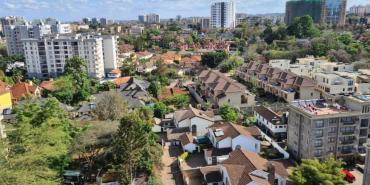
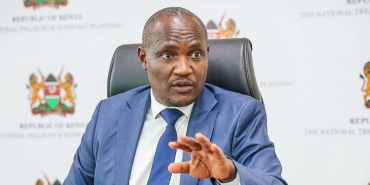

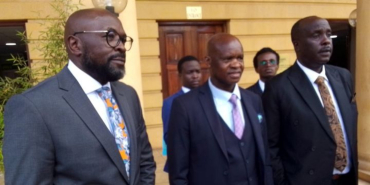
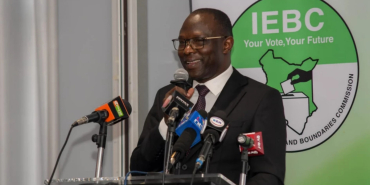
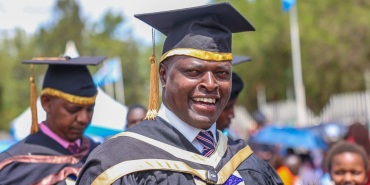
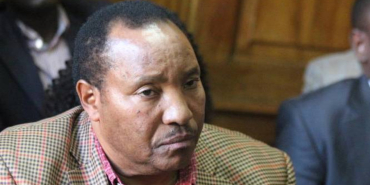

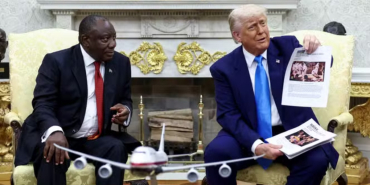




Add new comment